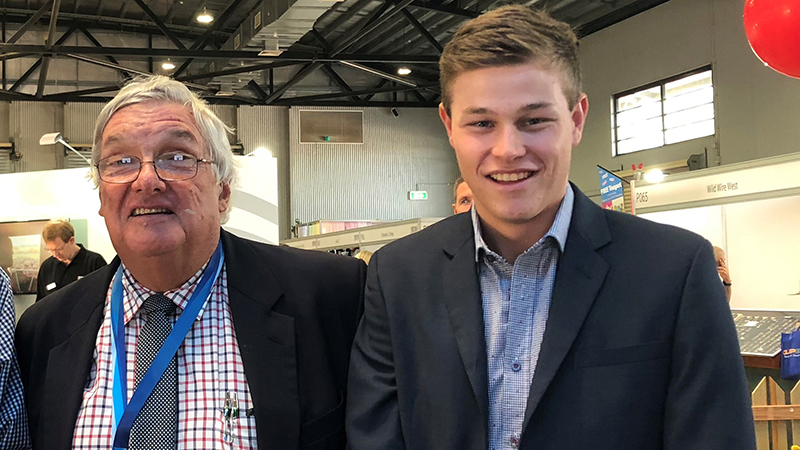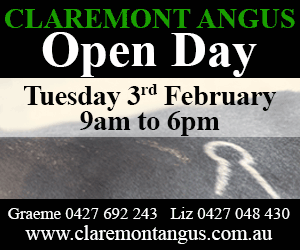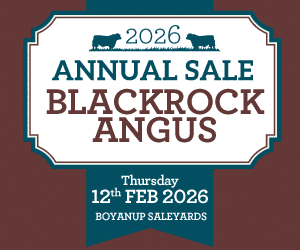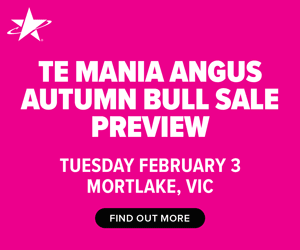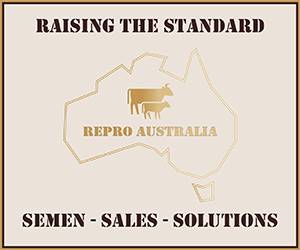As part of the centenary editions of the Angus Bulletins, we have been looking back to at Angus Youth and seeing where they are now!
We checked in with Greg to see where he is now!
In terms of opportunities that you received for being part of Angus Youth, how did your involvement positively influence your development in the beef cattle industry?
The following summary outlines my early involvement with Angus Cattle:
In 1974 while I was an Agriculture Teacher at Farrer Memorial Agricultural High School Tamworth I worked with John Waugh, the Angus Society’s Breed Development Officer, to establish a beef cattle herd as a teaching resource.
John was able to organise the donation of seven (7) registered Angus females from a group of New England Angus Breeders (N.E.A.B) members and the loan of a registered sire. It was a mighty gesture on behalf of those breeders. The practical teaching resource these “gifts” provided was second to none, and the senior Agriculture and Beef Cattle Husbandry students benefited immensely from the hands-on experiences.
Students were able to gain experience in Artificial Breeding, in breeder selection using ratios they had generated themselves from having measured important traits such as growth, scrotal circumference etc. and gain experience from visiting experts whom were able to skill these students (and me) in the skills of structural soundness assessment. The Angus cattle were used by the students to hone their skills on the sorts of activities attendees of Roundups find themselves involved with today.
I am indeed grateful to those members of the N.E.A.B. for their amazing support regarding the establishment of the Angus Teaching Resource at Farrer and for their passing on of their knowledge regarding the finer points of Angus structural soundness selection to me and the students of the ‘70’s. I enjoyed my time as secretary of the N.E.A.B. and felt it was the least I could do to repay such a generous hard-working group of Angus enthusiasts.
The Tocal Judging School:
In its early days the Tocal Judging School was a combined initiative of the N.E.A.B. And Tocal College, the experiences this “event” afforded me both as a participant and later an organising committee member were second to none – life changing in fact.
I was successful in being nominated from this event to attend the judging final at the Angus National at Wodonga, and as fate would have it, I did come out on top there and so won the scholarship to the University of Illinois where I elected to study Meat Science and Animal Reproduction.
What an experience and yes it was as already mentioned totally life changing.
What were the key learnings you developed as a member of Angus Youth, through the program and then the additional scholarship experiences that you had?
While at the University of Illinois my wife Sal and I would take weekend trips to visit with recognised show and performance recording orientated herds.
As a result of these visits we did identify cattle that we believed might just be breed additive should we be able to organise semen/embryo imports upon our return to Australia. There is no doubt from our perspective at least that O’Neill’s Renovator has played a role, so too the GDAR embryos who produced Dulverton Leviathan L59 and the Summitcrest Embryos who produced Dulverton Quantum Leap Q16 and the D. Pixie Cow Family in fulfilling our breeding objectives.
Upon our return to Australia, I was able to become employed in AMLC and AUS-MEAT and later as a consultant to MRC working as a Research team member on MSA.
How are you involved in the beef cattle industry now/where are you now?
Sal and I own and operate the Dulverton Angus Bull Breeding Herd comprising some 400 registered cows. We sell 80/85 bulls annually at our annual on property sale, which is staged on the last Monday in July each year. In addition, we do normally sell in the order of 30 paddock bulls annually, post our sale.
Our operation also comprises 450 cross bred bull breeding cows, the progeny of which are reared on the irrigation property “Marshlands” located on the Barambah Creek north of Kingaroy. Just this year we have ‘joint ventured’ this operation with our nephew Sam Redden, himself a graduate of the Angus Youth Program. These cross bred bulls are developed as Taurus adaptors having a focus on survival in Central Qld (ticks, Buffalo Fly, heat/humidity) and eating quality.
The Dulverton Angus herd is located on the property Shannon Vale Station some 12.5 km east of Glen Innes on the Mann River.
Why would you encourage others to become involved in the Angus Youth Program?
I would definitely encourage youngsters from any walk of life with an interest in animals and specifically beef production to become involved in Angus Youth.
The opportunities these programmes afford young enthusiasts today are limitless, I am absolutely sure I wouldn’t be sitting here typing these notes had it not been for the experience I gained through my involvement albeit close to 40 years ago.
Group experiences such as those afforded by Angus Youth today are great in terms of fostering relationships with people from “all over”. Don’t ever forget “people make the world go around” and so by inference the more people you can actually meet particularly in group environments, the more opportunities will avail themselves for you.
Group therapy is also a great “thing” and should never be overlooked particularly in times of added stress/pressure such as these being imposed by this horrendous extended dry.
Remember, ‘’There is no other reason to produce beef than to satisfy the eating quality expectations of the beef consumer each and every time they partake, price competitively.”
Angus and by inference Angus Youth of today has a huge role to play in focusing on the above-mentioned statement to ensure the future of the beef industry.
It is worth noting that when we returned from the University of Illinois experience in 1983 Australians were consuming in the order of 52kg of beef per head of population and about 9 kg of pork. In 2018 the beef consumption had declined to 24.5kg and the pig meat consumption had escalated to 27kg. Should this decline in beef consumption continue at the rate identified above then by the time you guys are Sal’s and my age there won’t be any beef being consumed in Australia.
Let’s get to work and focus on the traits in beef that matter-:
- Maternal Longevity
- Feed Efficiency
- Eating quality price competitively- Is that MSA Index? Notwithstanding saleable yield I guess it is. Whatever there is lots of biology that is yet not fully understood prior to the implementation of measures for these traits.
Plenty to do Eh?
I believe the ‘older’ Youth have a role to play, particularly in working on the current pressing agenda of assisting this major industry threatening issue of declining beef consumption.
Get in, give it a whirl and enjoy!
Top Image: Now – Greg Chappell, with Jack Laurie at Beef Australia 2018
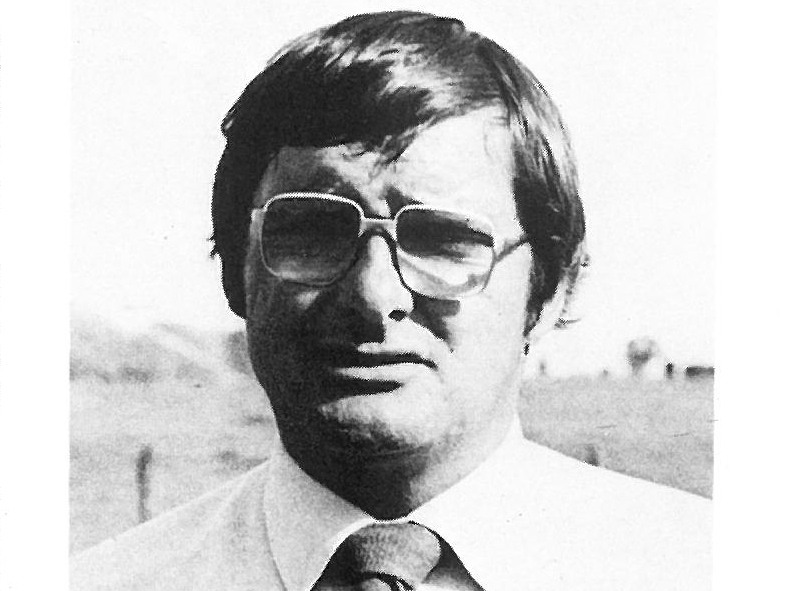
Then – Greg Chappell: Greg Chappell was the 1982 winner of the Angus National Judging Competition, which saw him awarded the University of Illinois Scholarship.

